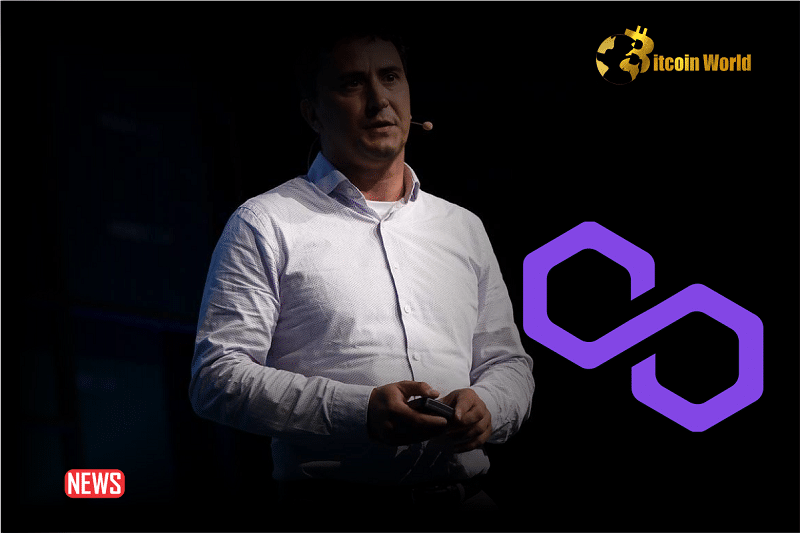The crypto world is buzzing after Avalanche founder, Gün Sirer, seemingly took a jab at Polygon. This follows Mirai Labs, the studio behind the horse racing game Pegaxy, migrating from Polygon to Avalanche. Was it just a harmless comment, or is there more to this story? Let’s dive in!
Gün Sirer’s Comments: A Shot at Polygon?
On December 12th, Luigi D’Onorio DeMeo from Avalanche announced Mirai Labs’ move to their subnet. Soon after, Gün Sirer responded with a comment that many interpreted as criticism towards Polygon, suggesting they rely on “future promises of currently nonexistent technology and influencer marketing” rather than building a solid, reliable chain. He emphasized the need for games to be on chains that “actually work.”

Was this a fair assessment? The crypto community is split. Let’s examine the arguments from both sides.
Polygon vs. Avalanche: The Great Debate
Team Polygon:
- Active Ecosystem: Polygon boasts a large and active ecosystem with numerous dApps, developers, and users.
- Scalability Solution: It provides a working scaling solution for Ethereum, reducing transaction costs and increasing speed.
Team Avalanche:
- Reliability: Avalanche emphasizes its reliability and performance, crucial for demanding applications like gaming.
- Subnets: Avalanche’s subnet architecture allows for customizable blockchains tailored to specific needs, offering greater flexibility.
Some argue that Polygon is too reliant on Ethereum and hasn’t innovated enough to address core blockchain issues. Others defend Polygon, highlighting its vibrant ecosystem and practical scaling solutions.
Pegaxy’s Migration: A Win for Avalanche?
The migration of Pegaxy to Avalanche is undoubtedly a positive development for the platform. But what does it mean for the game itself?
Potential Benefits for Pegaxy:
- Improved Performance: Avalanche’s high throughput and reliability could lead to a smoother gaming experience.
- Customization: Subnets allow Pegaxy to tailor the blockchain to its specific needs, optimizing performance and scalability.
Potential Challenges:
- Community Shift: Migrating to a new chain could alienate some existing players.
- Reputation Risk: Gün Sirer’s comments could damage Avalanche’s reputation among some users who prefer more decentralized networks.
Will Pegaxy Thrive on Avalanche?
It’s still too early to tell how Pegaxy will perform on Avalanche. However, early data suggests positive momentum. DappRadar reported a 40% increase in active wallets for Pegaxy in the month leading up to December 12th, averaging 837 active wallets. This will be a story to follow.
Conclusion: A Budding Blockchain Rivalry?
The situation between Avalanche and Polygon is complex. While Gün Sirer’s comments have stirred controversy, they also highlight the ongoing competition and innovation within the blockchain space. Ultimately, the success of each platform will depend on its ability to deliver on its promises and attract users and developers. Whether this is a true rivalry or simply a case of healthy competition remains to be seen, but it’s certainly something to keep an eye on.
Disclaimer: The information provided is not trading advice, Bitcoinworld.co.in holds no liability for any investments made based on the information provided on this page. We strongly recommend independent research and/or consultation with a qualified professional before making any investment decisions.


